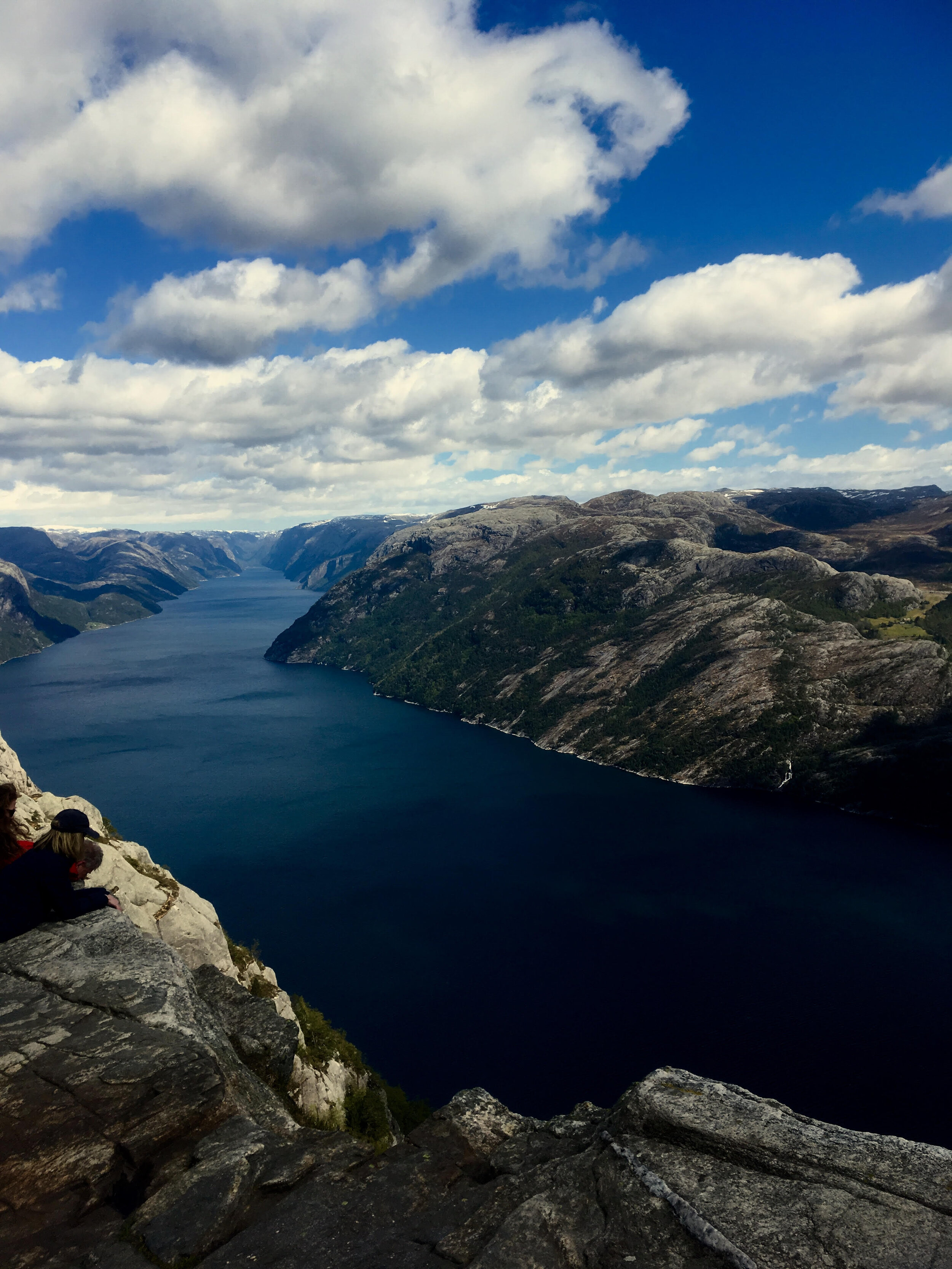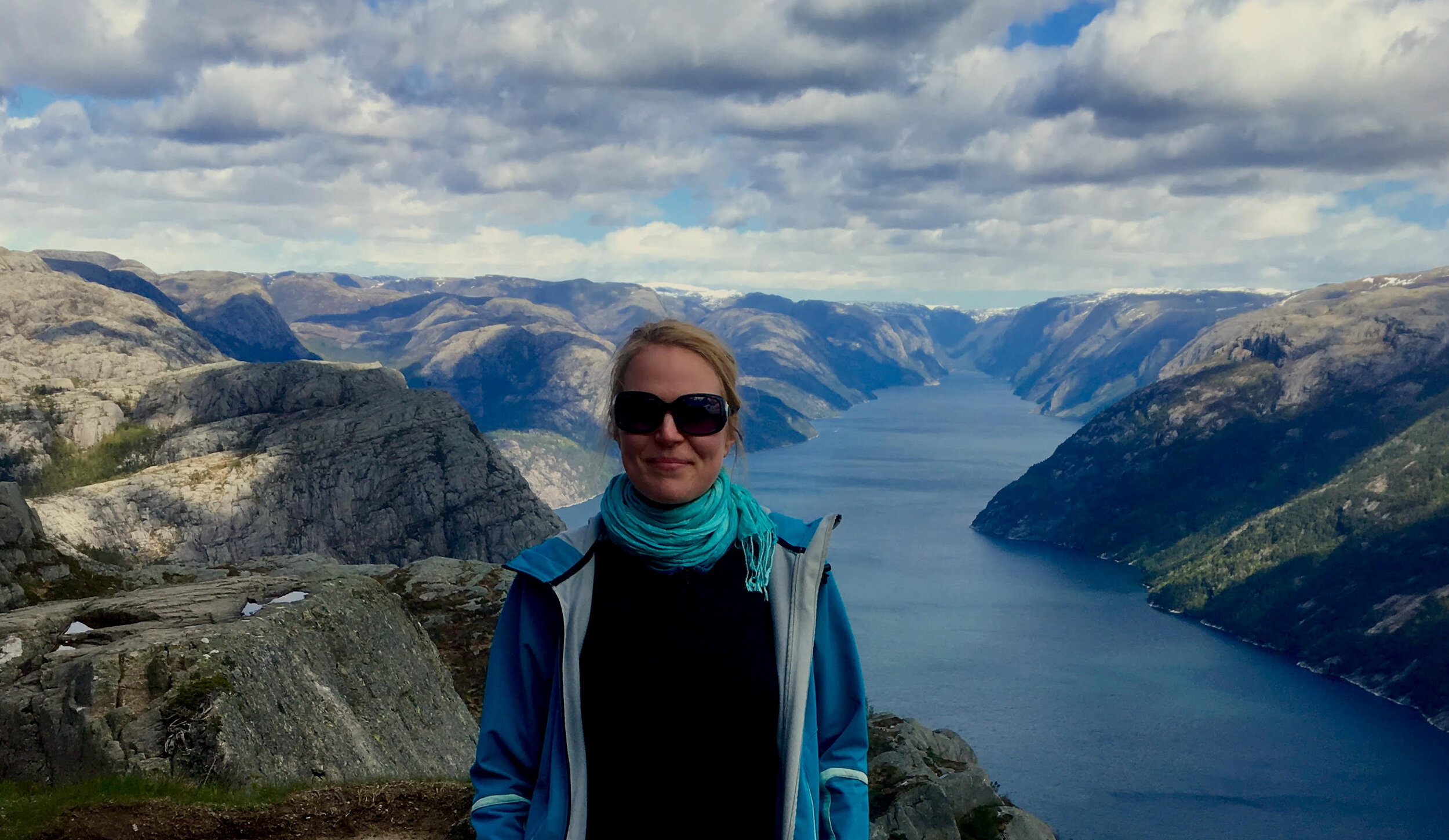It is by metaphor that humans grow
I’m fascinated by words and I’m intrigued by metaphors. In poetry, we use metaphors to make the simple more complex. In everyday discourse, we use metaphors to simplify the complex. We heard many metaphors during the pandemic, with researchers struggling to find simple words to capture a complex situation. ‘It’s a fire we need to quench but we need to know the extent of the fire!’, we heard them say when justifying the track & trace apps. Or ‘It’s like a truck running down the hill with broken engine, the government needs to pull the brakes now!’. The Norwegian language is simple and direct, so when Norwegians talk about something complicated, they often compare it to something that everyone is familiar with. Usually something nature-related. ‘My study findings emerged from the murky waters like a lily blossoming above the water surface’, my PhD student has recently delighted me.
Sometimes we use metaphors to embellish the everyday. Words are one way of affording colours and shapes, but images work just as well. Norway supplies abundant images - lush green fields, woods, fjords and children looking like cut-outs from Anne Geddes’ photographs. Stavanger outdoors is a great background for wedding pictures - smile in front of a sunset and your love is sealed as Mother Nature intended. Swap the background with a dumping ground and the mental association will be very different…Unlike in other countries with high mountains, you don’t have to climb for days to have a cool nature background. In an increasingly nature-based communication, Norway is an ideal destination for getting some photos for your Instagram and other places of implicit comparisons.
The phenomenology of a metaphor becomes rather complicated in the digital world, especially if you think of the virtual world as already being a simile for the physical world. Invisible connections become concretised as we meet on screens, our brains struggling to coordinate the excitement of seeing our face together with others’ looks in a 2D rectangle. Norwegians have their cameras on when they e-meet. ‘It’s like any other meeting. So you turn up with your head.’ My colleague said to me, which I thought was a terrific analogy.
The psyche of a nation manifests in the ways people build images in each other’s minds. As a child, I often heard the phrase ‘Po smiechu býva plač!’ (‘After laughter, come tears!’). It was the fast expression that I gradually internalised when I raced with friends or had fun with my sister. Fun play was perceived as forbidden fruit that we will be later punished for. Since I moved to Norway I’ve been trying to internalise the phrase: “Ikke ta sorgene på forskudd”, (‘Don’t worry in advance, or don’t worry before it happened’). Carpe diem is definitely a more optimistic attitude towards the unpredictable nature of life!
Not many Slovaks would pass for optimists. When I described my advocacy work to one of my acquaintances, he asked me what motivates me given that all charitable work is ‘like spitting into a well’. I heard a similar response from a British acquittance but she said it’s ‘like a drop in the ocean’. The same concept, but the two different analogies conjured up very different feelings inside me. In a recent research study with my colleagues we found that even with the same story, adults and children build very different images in their heads. We also know from research that children adopt adults’ way of talking and directly acquire the words they hear. This is why it is so important to be careful with how we speak to our children - ‘one day it will become their inner voice (Peggy O’Mara).
Me at my happiest: With children in the nature.
I am fortunate to have many friends with whom I communicate in different languages. During the lockdown months, we exchanged many corona jokes on WhatsApp. Some were language-neutral so I could circulate them to France, Germany, Chile or USA. Some were too language-specific and their literal translation became a joke in itself. Metaphors that are funny are the best of its kind. Adam Sharp compiles and ranks different languages in relation to how funny the literal meaning of a metaphor is (check out his Twitter lists). This is what I love about metaphors – how they shorten the distance between people, how they create a dialogic ground between minds.
I will leave you with a Norwegian word that captures a meaning without the need for many words as it would be in other languages (linguists call this metonymy, or substituting a word for a concept). “Vardøge”, is a person you imagine before they arrive. So not like with the French déjà vu where you imagine something you have seen before, but you “pre-imagine” something before it happens. That sort of anticipation or telepathy is increasingly harder to achieve in our google-able worlds. With metaphors we can build anticipation in others’ minds and bridge the personal and shared horizon.
Use metaphors, and use them wisely, so that your words build a space for generous hospitability, where the unknown and invisible can grow into happy childhoods.


